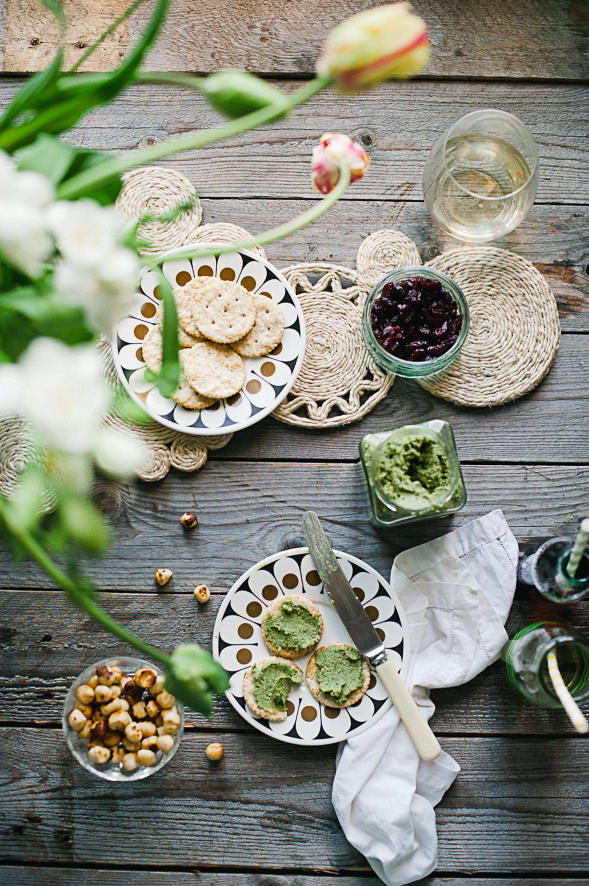Stock adds flavour and nutritional value to fancy and simple meals alike. It’s also a great way to use leftover vegetable or meat scraps that might otherwise go to waste.
Making a hearty stock is a great way to use up leftovers.
Stock adds flavour and nutritional value to fancy and simple meals alike. It’s also a great way to use leftover vegetable or meat scraps that might otherwise go to waste.
 Make vegetable stock with whatever seasonal veges you have at hand: chopped onions, garlic, leeks (the upper green parts as well as the white), scrubbed carrots (even just the clean peelings), beans, celery (leaves as well as stalks), potatoes (for starchy thickening), empty corn cobs, together with seasonings such as mixed peppercorns, bay leaves and fresh herbs. Use the white silver beet stalks, but not the leaves, as they’ll make your stock cloudy. Also avoid tomatoes, as they’ll overpower the other flavours.
Make vegetable stock with whatever seasonal veges you have at hand: chopped onions, garlic, leeks (the upper green parts as well as the white), scrubbed carrots (even just the clean peelings), beans, celery (leaves as well as stalks), potatoes (for starchy thickening), empty corn cobs, together with seasonings such as mixed peppercorns, bay leaves and fresh herbs. Use the white silver beet stalks, but not the leaves, as they’ll make your stock cloudy. Also avoid tomatoes, as they’ll overpower the other flavours.
Fish, chicken or beef stock is made with vegetables and leftover cooked meat and bones. When simmered, the cartilage from bones forms gelatin, which gives your stock body. (Chilled, a good meat stock should set like jelly.) Store potential stock ingredients in the freezer until you have time for a boil up.
Put all ingredients in a large pot and cover with cold water. Bring to the boil and simmer for about an hour—or several hours for a meat stock. Cool and strain. If you don’t need a totally clear or smooth stock, soft morsels of vegetable or meat caught in the strainer can be tipped back in. But don’t add salt—if your stock is later reduced in soup or sauce it could get too salty. Freeze your stock in ice cubes, plastic icecream tubs or similar containers.







